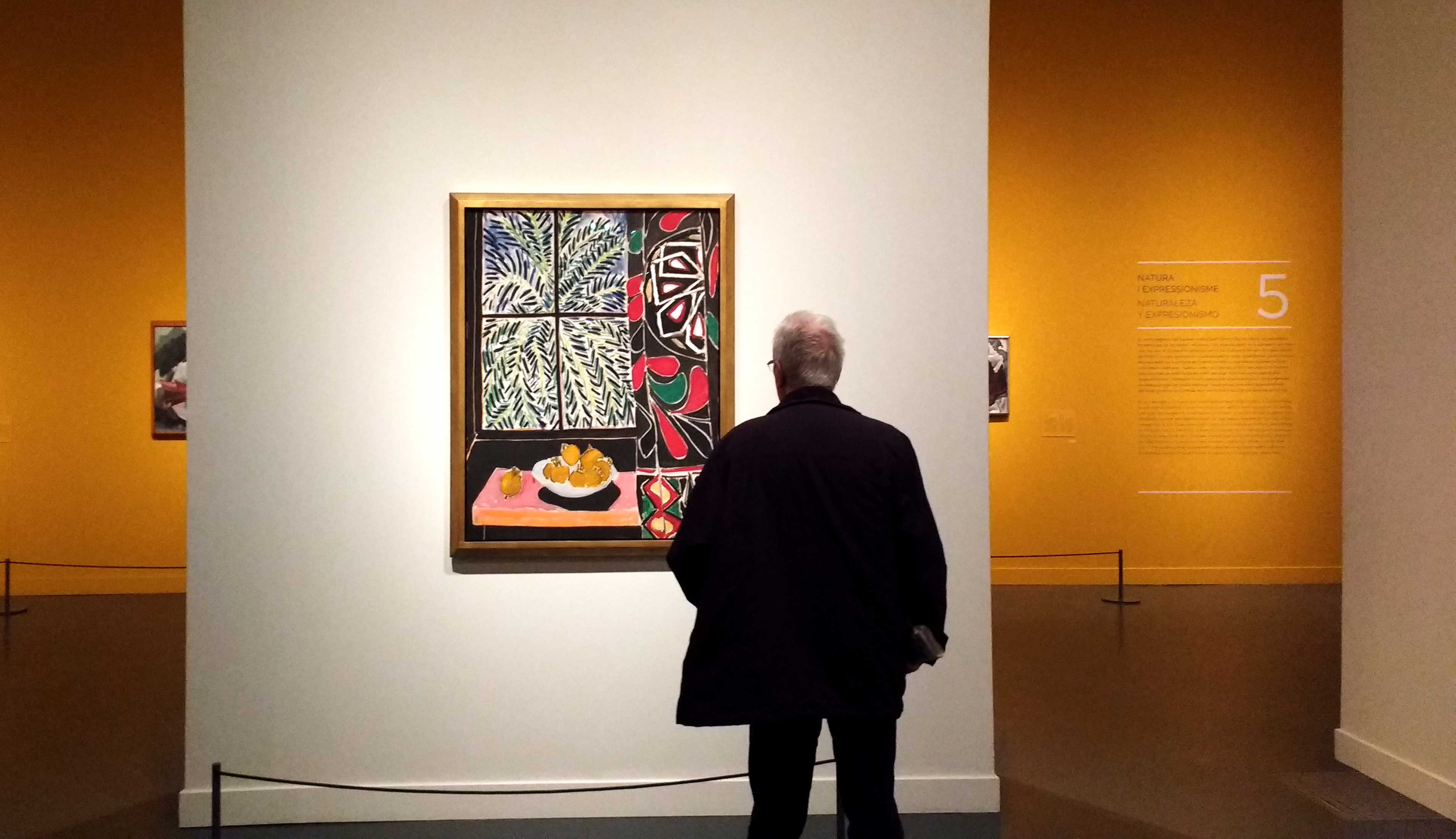

Eliza inherited part of the steel fortune of her Irish-born father James Laughlin, and her husband had been an officer in the Civil War and then head of a window-glass factory in Pittsburgh. Duncan’s parents, Eliza Laughlin Phillips and Major Duncan Clinch Phillips, had raised a family there in financially comfortable circumstances. Many of the nearby Victorian townhouses and turreted mansions have been adapted into foreign embassies (Morocco and India own properties flanking the Phillips Collection). The core building, ornamented in terracotta wreaths and ribbons and stained-glass coats of arms, is nestled among unobtrusive additions in the Dupont Circle neighbourhood. Also to coincide with the centenary, the independent scholar Pamela Carter-Birken has released Duncan and Marjorie Phillips and America’s First Museum of Modern Art (Vernon Press), which reveals how the founders’ aims and personalities are stamped in every room. In it Dorothy Kosinski, the museum’s director since 2008 (who will retire next year), writes that Duncan Phillips’ ‘belief in art as a source of solace, a link to wellness, and an essential positive force in society is a key tenet of our program today’. Elsa Smithgall, the senior curator, has edited texts by four dozen contributors for a sumptuous companion volume published in association with D. The staff, despite lockdown interruptions, have pulled off a memorable show called ‘Seeing Differently: The Phillips Collects for a New Century’ that celebrates the museum’s permanent collection (until 12 September). The mansard-roofed original headquarters was built in the 1890s, expanded in several phases from 1907 to 2006, and has become a wonderfully confusing multi-level maze with Gilded Age detail preserved. I toured the Phillipses’ former home in mid July.

The exterior of The Phillips Collection in Washington, D.C. Into the 1960s, Duncan and Marjorie could be found ‘personally greeting Gallery goers with a handshake and a few words of welcome’, the abstract painter Gene Davis recalled years later.
PHILLIPS COLLECTION SERIES
Through a series of family tragedies he and Marjorie kept building the collection, supporting living artists, curating dozens of shows every year and supervising every administrative detail. It would serve as ‘a beneficent force in the community’ as well as a source of inspiration and comfort, dreamed up at ‘a time when sorrow all but overwhelmed me’, he wrote.

He described the recent transformation of his family’s mansion into ‘a small, intimate museum combined with an experiment station’. So, in honour of the centennial of the couple’s oft-changing, still dazzling institution, I will repeat the ambitious line: The Phillips Collection is based on a definite policy of supporting many methods of seeing and painting.ĭuncan announced his goals in his book of 1926, A Collection in the Making: A Survey of the Problems Involved in Collecting Pictures, Together with Brief Estimates of the Painters in the Phillips Memorial Gallery. He hoped that it would appear in italics in all future writings about the institution. Soon after the philanthropist and aesthete Duncan Phillips (1886–1966) and his artist wife Marjorie Acker Phillips (1894–1985) founded America’s first museum of modern art in 1921, Duncan published a mission statement.


 0 kommentar(er)
0 kommentar(er)
